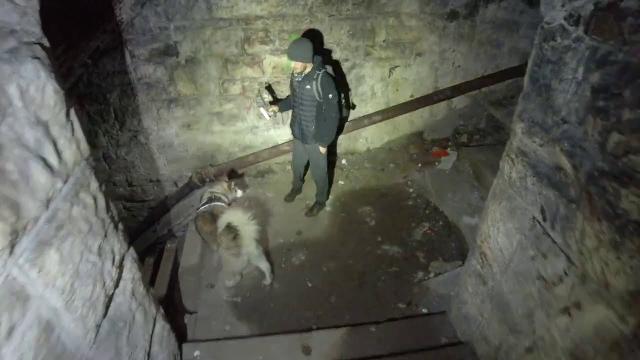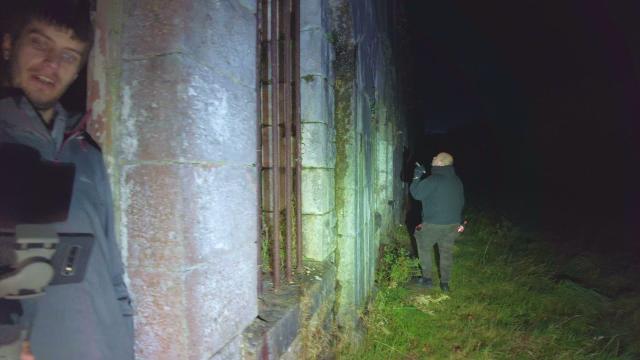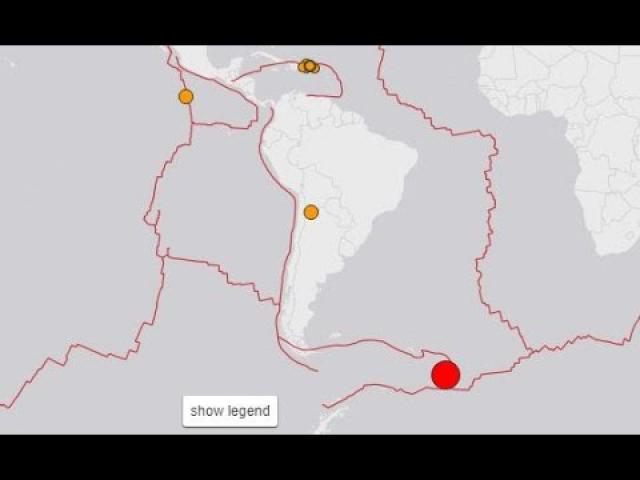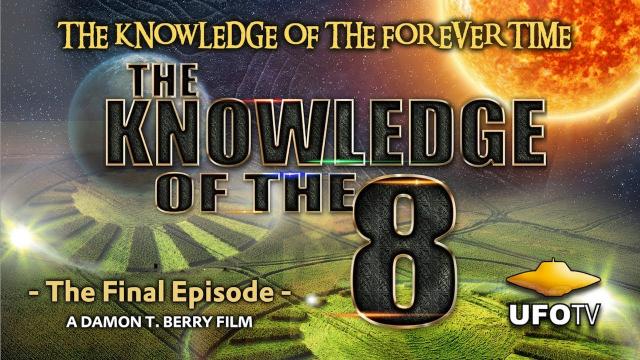Plymouth Breakwater Fort EXCLUSIVE FIRST TIME SEEN 4K
Description
We seem to be the first ever Urbex and video crew to visit this Spit Fort and the police who came and saw us were not even aware it isnt even owned by the MOD any more...
History
In 1806, as the Napoleonic Wars impended, Lord St. Vincent commissioned John Rennie and Joseph Whidbey to plan a means of making Plymouth Bay a safe anchorage for the Channel Fleet. In 1811 came the order to begin construction; Whidbey was appointed Acting Superintending Engineer. This task required great engineering, organizational and political skills, as the many strictly technical challenges were complicated by the significant resources devoted to the project, from which various parties evidenced a desire for advantage. Nearly 4,000,000 (four million) tons of stone were quarried and transported, using about a dozen ships innovatively designed by the two engineers.
The foundation stone was laid on Shovel Rock on August 8, 1812. It followed a line over Panther Rock, Shovel and St. Carlos Rocks, and was sufficiently completed by 1814 to shelter ships of the line. Napoleon was reported as commenting that the breakwater was a grand thing, as he passed by it on the way to exile on St. Helena in 1815. Severe storm damage in 1817 and 1824 prompted a change in the profile and height. John Rennie died in 1821; his last work in connection with the breakwater was to draw up proposals for a lighthouse.[3] Whidbey continued to work on the breakwater and other engineering projects, including the breakwater's lighthouse, until retirement around 1830; the work was completed by Rennie's sons, George and Sir John.
Plymouth Breakwater Lighthouse
Plymouth Breakwater Lighthouse stands on the western tip of the breakwater. Designed for the Admiralty by Walker & Burgess, construction of the granite tower began on 22 February 1841 and was completed on November 9th 1843; William Stuart was superintendent of the works.[4] The light became operational in June 1844; soon afterwards a horse-drawn omnibus was driven along the breakwater from end to end, with a full complement of passengers accompanied by a military band.[5] On completion, management of the light was transferred to Trinity House.[4]
A beacon was placed at the eastern end of the breakwater, consisting of a 6-foot (1.8 m) spherical cage on a 17-foot (5.2 m) pole; the cage was designed as a refuge for six shipwrecked sailors.[6]
By 1867 a 7 cwt bell had been installed at the lighthouse to serve as a fog signal. In 1879 a larger (32 cwt) bell was installed, and the old bell was transferred to Gunfleet Lighthouse. (The new bell had previously been in use at Start Point lighthouse, where a fog siren had replaced it two years earlier).[9] The bell sounded four strokes every minute in foggy weather. The following year, the light was made occulting (being eclipsed for three seconds every half minute).[10]
Oversight of the lighthouse was passed from Trinity House to the Ministry of Defence in 1993. The bell remained in use until 1994, when it was replaced by an electronic fog horn. The main light currently flashes once every ten seconds, white with a red sector to the north-east; the subsidiary white light has an isophase characteristic, two seconds on, two seconds off.[11]
Plymouth Breakwater Fort
In 1860, a Royal Commission, established by Lord Palmerston, produced a plan for the defence of Plymouth and other Royal Dockyards.[12] The Breakwater Fort was designed to defend the entrances to Plymouth Sound in conjunction with forts and batteries on either shore. Designed by Captain Siborne, work on the oval masonry sea fort started in 1861 and the main structure was completed in 1865. It has its foundations on Shovel Rock and is 35 yards inside the Breakwater. After several changes in plan, the fort was finally armed in 1879 with fourteen 12.5-inch and four 10-inch rifled muzzle-loading guns in armoured casemates. Although the fort had been disarmed before World War I, it served as a signal station, and from 1937, an anti-aircraft training school. It was finally released by the military in 1976.
text from wikipedia: https://en.wikipedia.org/wiki/Plymouth_Breakwater
My Instagram: https://www.instagram.com/mattswilli/
Facebook: https://www.facebook.com/groups/1228424283971624/
email me at me@thematthewwilliams.com or truthsee@gotadsl.co.uk
Also present on this explore were
Sam and Jess Explores - https://www.youtube.com/channel/UCeZfXq1On5g1onUaolpcUig














